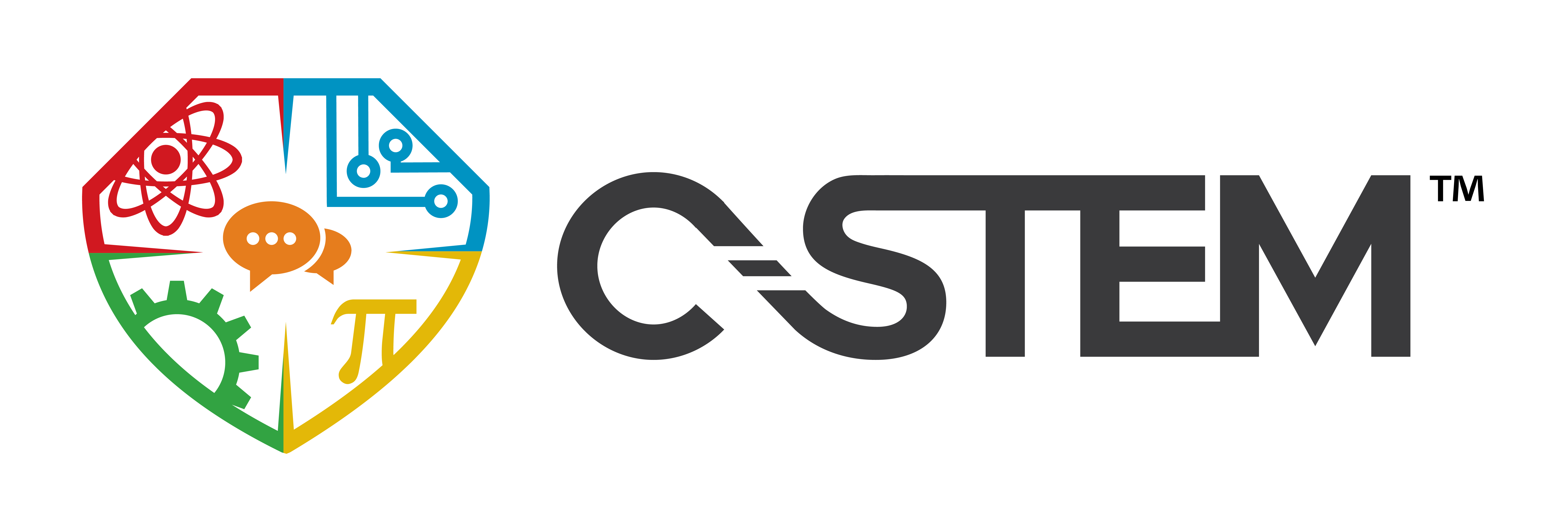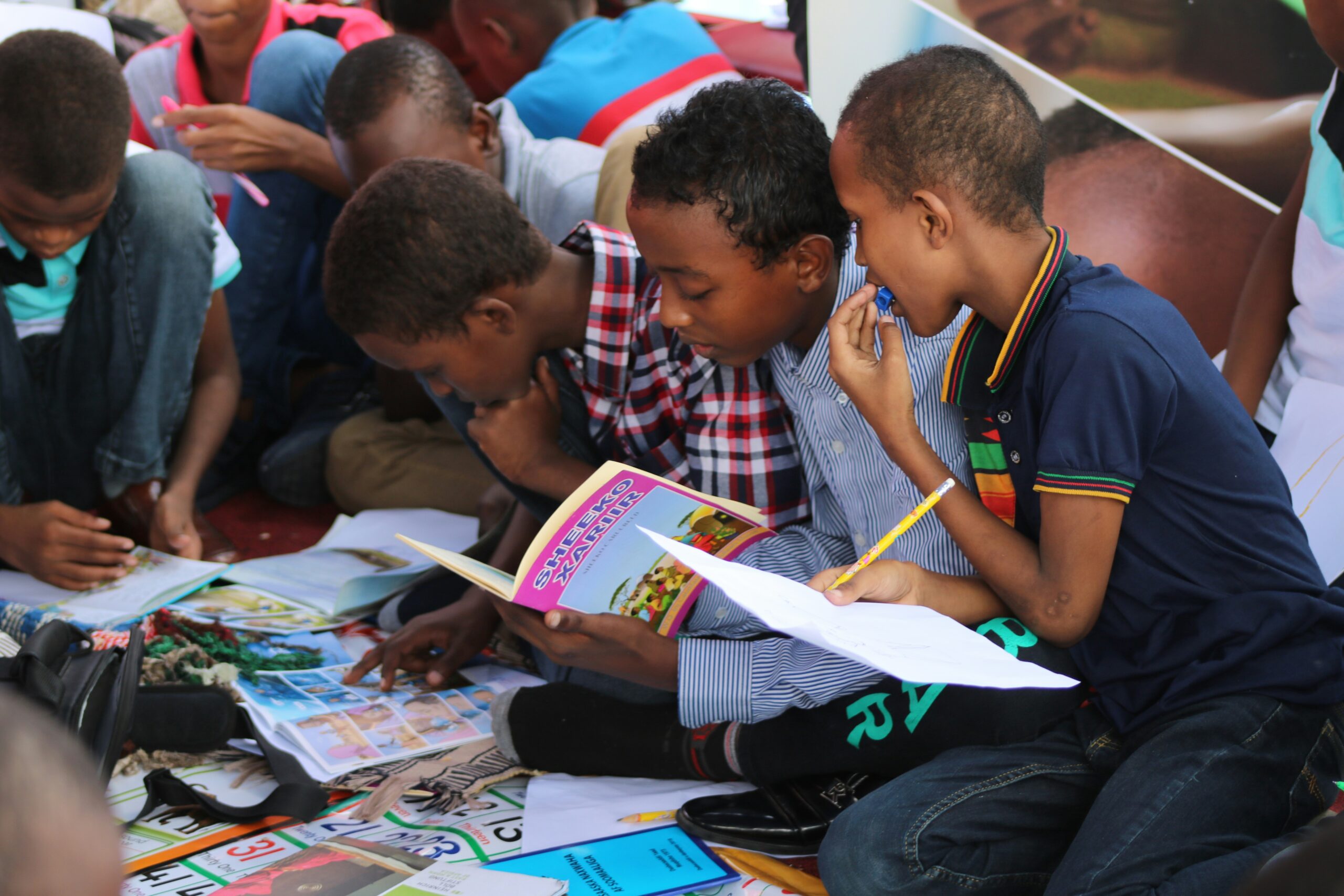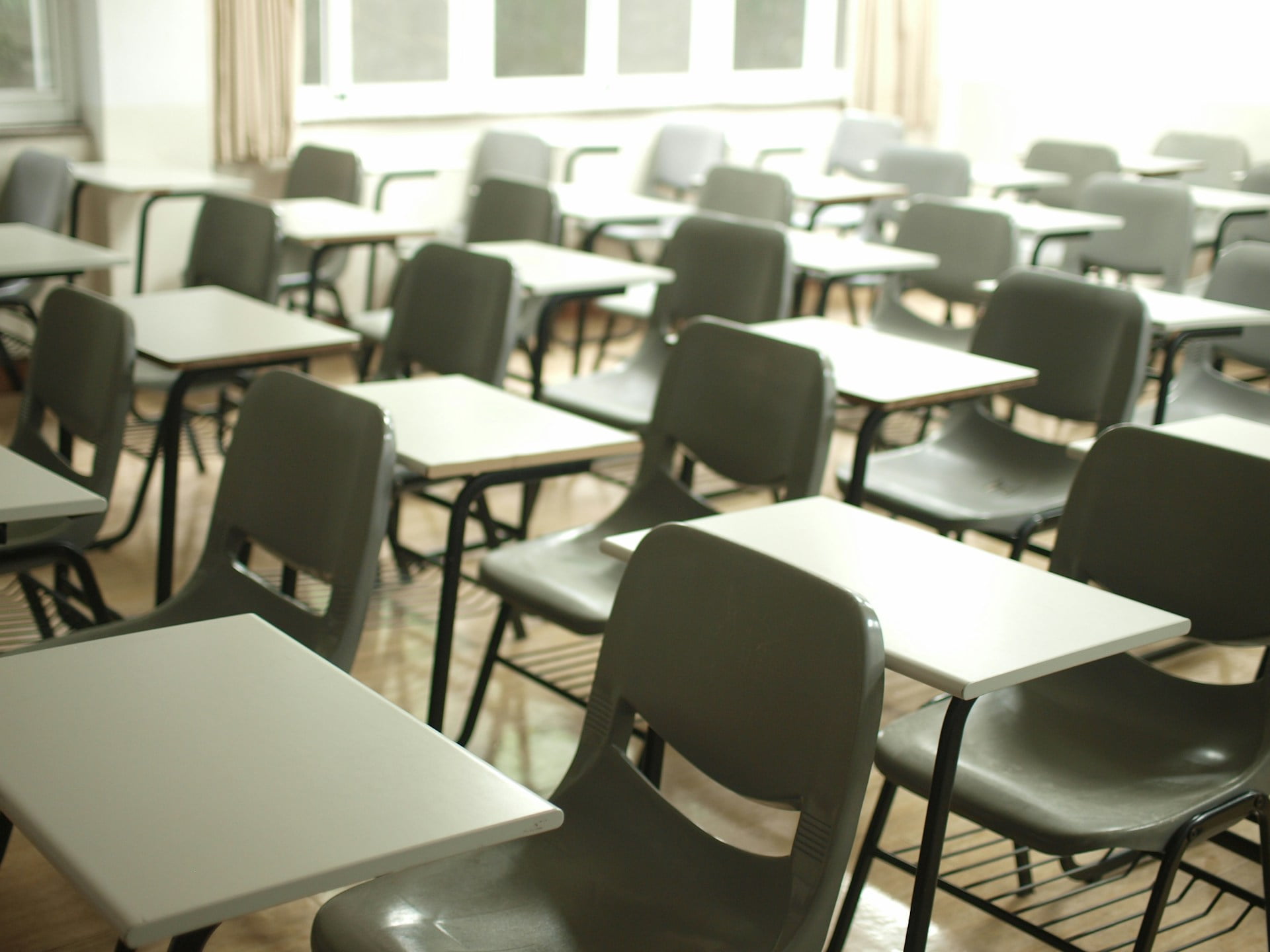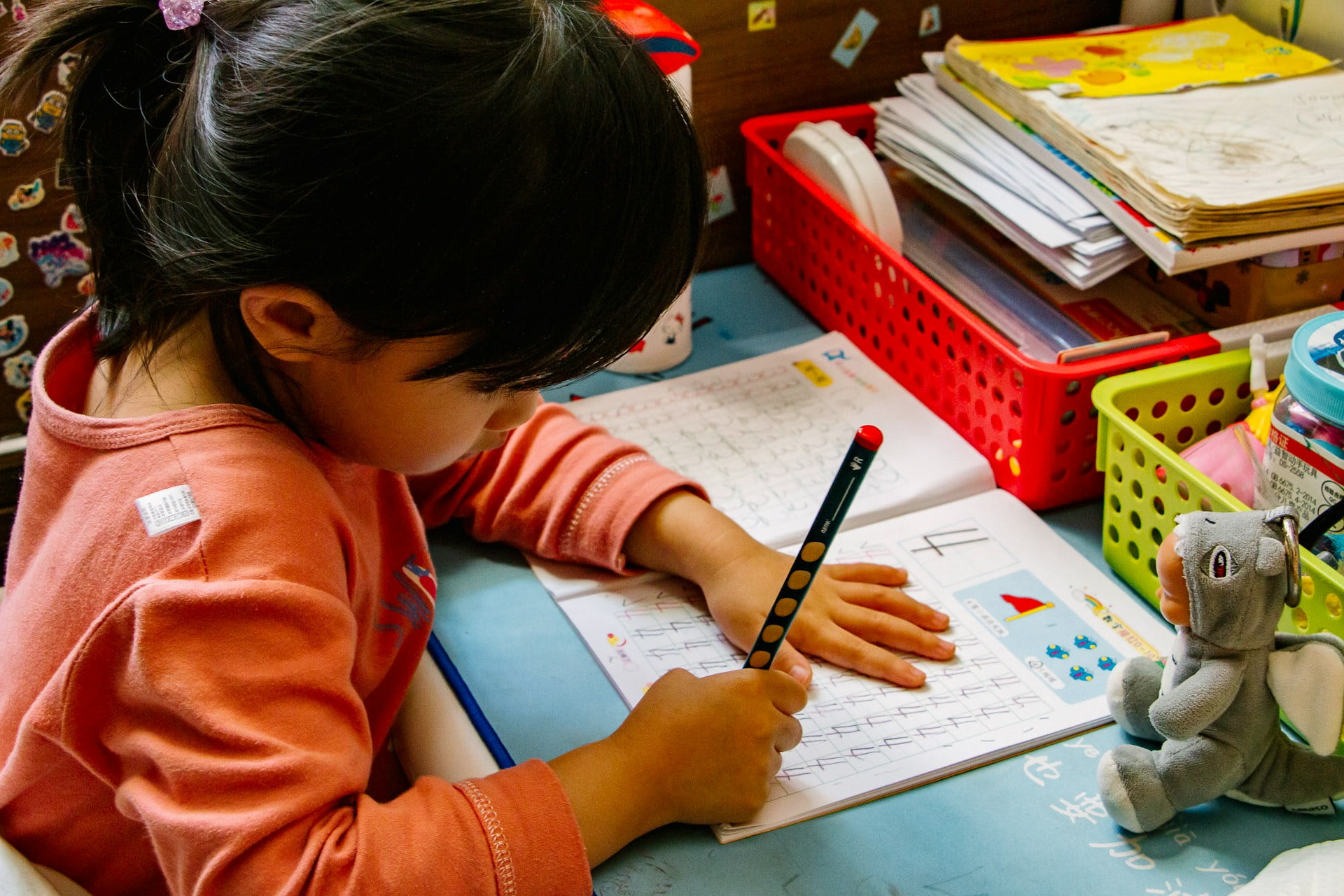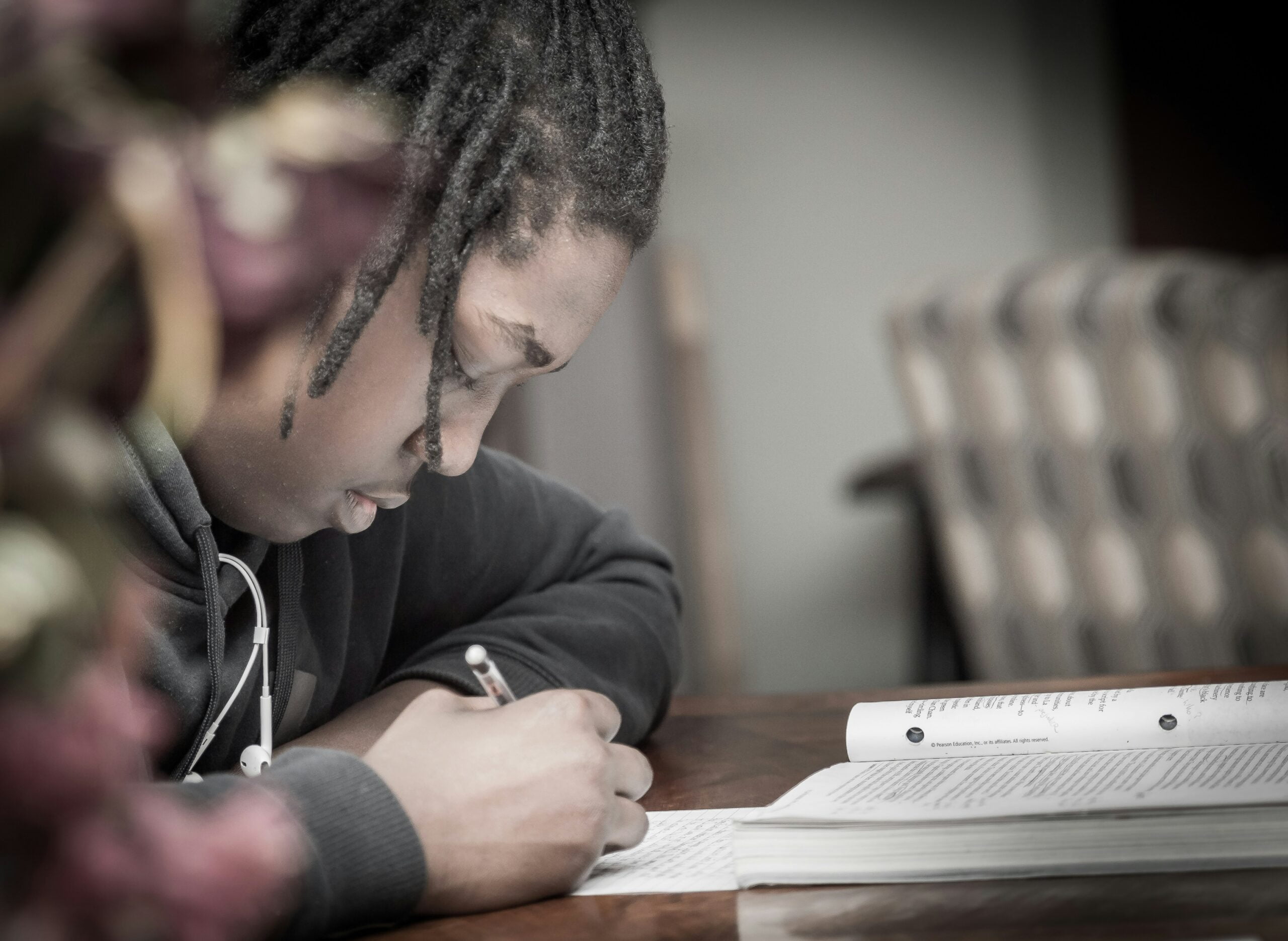Written by: Reagan Flowers, PhD
We are in one of the most unpredictable times in the history of public education, and students are facing very real risks of falling even further behind in school. COVID-19 shut down schools in March, and the future of education still remains uncertain. The last academic year ended with unprepared students and teachers transitioning to distance learning. With the new school year approaching, it is still unclear whether students will end up back at home again. Some schools are already planning on distance learning, some are attempting to return to normal and some are trying a blended approach.
Regardless, for many K-12 schools, the curriculum delivered at the end of the 2019-2020 year was a fraction of the originally planned content. Many schools encouraged their students to simply get through COVID-19 and the rest of the school year. They were not focused on grades or ensuring the students were progressing. In fact, all 50 states were approved for waivers to discontinue assessments for the remainder of last school year.
So the next question is how will students catch up? Many states are directing schools to begin the 2020-2021 school year where they normally would have, to not catch up on anything missed at the end of last year. Many large school districts have stated that students will not be held back, even though they missed a majority of what they would have learned at the end of last school year. If students lack pre-requisite information for the next grade level, they are essentially being socially promoted.
Students were already falling behind, especially those with limited resources and opportunities. With COVID-19 still affecting every aspect of our lives, how will they ever catch up?
How Far Behind Are Students
Research is already showing that students will be falling behind by September. Furthermore, the socioeconomic gap is widening. Parents are expected to home school, but still need to work to provide for their families. Poorer families often don’t have the technology to support distance learning, and also don’t have the luxury of jobs that allow them to work from home.
In addition, with small businesses closing and unemployment running high, many families don’t have the time to focus on making up for lost education. Putting food on the table is a higher priority. In addition, these families now have to worry about affording or arranging childcare while they work.
Some states, like New Jersey, are offering full-time remote learning as an option for students. Some students simply do not have the resources — whether it be technology, parental support or otherwise — to take advantage of this. Younger children, especially, need one-on-one learning to grasp fundamental educational concepts. Older students have developed a little more self-sufficiency for learning, and it is the direct, in-person interaction in previous years that help connect dots for students.
The Impact of Not Catching Up
The children affected by COVID-19 will be all over the place. Every school is doing things differently. Many of the expectations for being promoted to the next grade were temporarily paused. Therefore, even the baseline for skills including reading, science and math has been lowered. Those who have fallen the furthest behind will continue to get further behind, and we may see increases in college and even high school dropout rates.
Students transitioning from elementary to middle school, and middle school to high school will be entering with the same expectations but less preparation. It will be crucial for teachers to look beyond just test scores, and pay close attention to the individual needs of each student. They must watch for glaring gaps in what they are learning now and what they missed. Finding ways to address these gaps will be a big step in making sure students don’t fall further behind. Providing parents with resources and tools to help close learning gaps with their student will be essential.
What if COVID-19 Continues
As of right now, there is no vaccine for COVID-19 and no clear idea of what our new normal will be. Many schools are beginning the year with a hybrid learning schedule, meaning students alternate time of day or days of the week between in-person and distance learning.
This will cause a wealth of transportation and childcare issues. Parents who rely on free or reduced lunch will still be lacking these resources. With new blended learning models, will students receive the time and attention needed to learn what is required?
Finally, despite careful efforts to enforce social distancing, returning to school could cause resurgences in COVID-19 cases. This has already happened with the reopening of bars and restaurants, causing cities to once again tighten restrictions. It is very likely that something like this could happen with schools. If we once again close down schools and abandon assessments, we must stay vigilant to ensure students continue to move forward, despite the odds.
Solutions to Prevent Falling Behind
Even though there were rumors of repeating grades and even April Fool’s jokes about it, we may see it become necessary. Students and parents find this stressful, but in some cases it may be the best path. A Harvard study in 2017 found that students who repeated third grade showed improved preparedness for and performance in high school.
In line with this, parents and teachers must work to remove the stigma around repeating a grade. Every student deals with setbacks differently. If a student ends up needing to repeat a grade because of COVID-19, it will mostly be due to lack of preparedness and resources by schools, parents and the students themselves. This must be clear to all students. Repeating a grade during this time is not an indicator of emotional maturity or intelligence. It is simply the result of being in school at a very unfortunate time.
During this time, we also need an abundance of resources. More students than ever will be struggling to keep up. Parents and teachers alike must have somewhere to turn to help students as much as they can. It’s hard to say what this looks like until social distancing is no longer necessary. However, as soon as it’s possible, after school and summer programs will be needed more than ever to help fill the gaps. Here at C-STEM, we will do our part to provide supplemental programs that best meet the needs of students, parents and teachers.
What We Can Learn From This
We need to be better prepared. Of course, no one could have predicted a global pandemic. However, schools need to reconsider all the possible scenarios, and how we can best ensure students do not fall behind. Among these considerations, should be responding to student needs with varying levels of support and resources. Public education should provide all students the same opportunity to learn, succeed and build promising futures for themselves.
